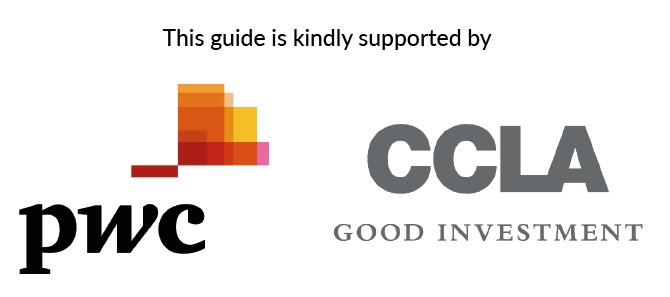What are scope 3 emissions and why should we account for them?
Microsoft recently published their carbon footprint including all three scopes as defined by the Greenhouse Gas Protocol. To their surprise and shock, 65% of their carbon emissions sat in their scope 3 emissions.
This is not an isolated case. In our experience, all the carbon footprints that we have done have shown emissions in scope 3 range from 60% to a massive 80%.
The Greenhouse Gas (GHG) Protocol splits scope 3 into 15 categories, eight upstream categories and seven downstream categories.
Upstream relates to the supply chain into your organisation and downstream relates to the supply chain out of your organisation.
The categories are as follows:
1. Purchased goods and services
2. Capital goods
3. Fuel, energy and related services
4. Transport and distribution (upstream)
5. Waste generated from operations
6. Business travel
7. Employee commuting and home working
8. Leased assets (upstream)
9. Transport and distribution (downstream)
10. Processing of sold products
11. Use of sold products
12. End of life treatment
13. Leased assets (downstream)
14. Franchises
15. Investments
These fifteen categories have a lot of in-depth meaning as to what should actually be included and, of course, charities will not have emissions in all 15 categories. But, without mapping your value chain, how do you know where they are? A carbon footprint is a lot more than just putting numbers into a spreadsheet or an online calculator.
One of the reasons we have chosen at Auditel to become BSI Associate Carbon Consultants for PAS2060 is that the PAS2060 process includes all material emission sources including scope 3.
PAS 2060 is the internationally recognised specification for carbon neutrality and builds on the existing PAS 2050 environmental standard. It sets out requirements for quantification, reduction and offsetting of greenhouse gas (GHG) emissions for organisations, products and events.
Plus, with our many years of procurement expertise we are able to reach down into the supply chain and often identify financial savings to release for re-investment in carbon reduction initiatives.
If you are thinking about climate change, reading all the press articles – you may have even followed COP26 last year – now is the time to make a start.
Not just on the easy items, your scope 1 and 2, but do it properly and get into those scope 3 categories. This gives you a meaningful and credible baseline to start the journey to net zero.
Net zero requires a 90% to 95% reduction in your emissions across scopes 1, 2 and 3 with the final 5% to 10% probably removed via ‘direct air capture’ type offsets, rather than the more traditional offsetting techniques mentioned above.
Clearly, none of us are at 100% net zero as the technology is not yet available - and that’s why 2050 is the UK’s target.
The next three decades will see technology move at pace and it is believed that more direct air capture and operational carbon capture and storage will become available in time to enable us to keep global warming in line with the Paris Agreement and under the magic 1.5C increase.
When you have completed your footprint and produced a meaningful, achievable reduction plan, set yourself a science-based target (search for SBTi) so that your organisation can achieve net zero by 2050, or before if possible, and you will see some amazing things happen.
Costs will reduce, you will win more tenders, staff turnover will reduce, top quality people will be attracted to your charity and your marketing department will really have something to shout about.
You will be part of the early adopter community, driving change, creating awareness through your supporters and your supply chain, and being part of the climate change solution.
Without accounting for your scope 3 emissions and committing to a meaningful carbon footprint, change will just not happen. Look at the Greenhouse Gas Protocol’s definition of carbon management:
1. Relevance: include all relevant emissions
2. Completeness: scope 1, 2 and 3 emissions need to be accounted for
3. Consistency: set KPIs, achieve them and keep doing it
4. Transparency: publish it with confidence, get your emissions out there and be open
5. Accuracy: don’t get it wrong! Follow a process like PAS2060
Sound difficult? It really isn’t. Yes, you will need to devote some time and resources to it, but you do that for fundraising, operations, finance, and marketing. So why not carbon?
If you would like to find out more about procurement and net zero, please get in touch with Gillian Gibbon at Auditel. You can email Gillian or head to Auditel's website for more contact details.
Contents
1. Introduction from Richard Sagar, CFG
2. It's time to get real about ESG
3. Building a net zero strategy
4. Funding on a finite planet
5. Understanding energy consumption
6. Net zero and procurement part 1
Part 2: Steps to becoming verified carbon neutral
Part 3: What are scope 3 emissions? Why account for them?
7. Pensions and net zero part 1
Part 2: Risks and opportunities
